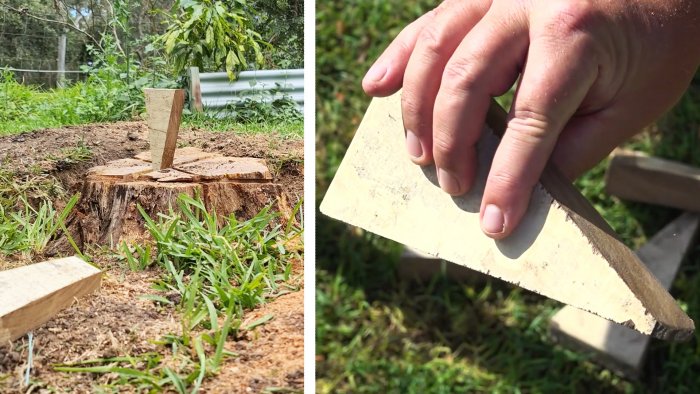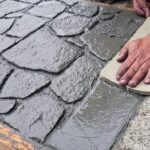Stumps on a site near a house or in a country house spoil the landscape and interfere with the improvement of the territory and its more efficient use. To uproot them, they usually use special equipment, the rental of which costs a lot of money. Removing stumps by simple sawing will take a long time and require significant physical effort. Using ordinary wedges made of hardwood, this labor-intensive work can be significantly simplified and reduced in time.
Will need
Materials and tools:
- stumps for uprooting;
- hardwood wedges;
- chainsaw;
- hand-held circular saw;
- equipment for digging earth;
- sledgehammer;
- manual uprooter or crowbar, etc.
The process of removing stumps on a site using wooden wedges
The first thing to do is try to cut off the above-ground part of the stump, as low to the ground as possible. Ideally, on a level with it.
Next, we dig up the ground around the stump, firstly, to be able to work with a chainsaw safely and without damage, and secondly, to detect the main root branches, of which there are usually 4 or 5.
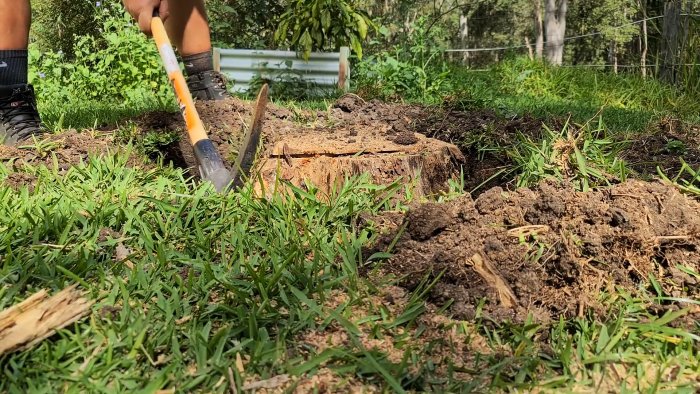
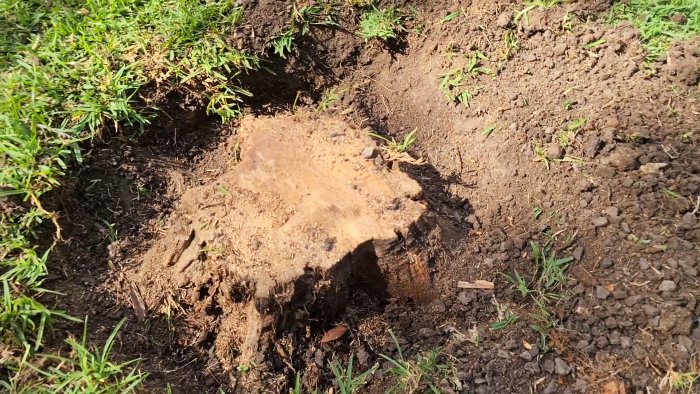
It is by separating the stump from these main root branches that we will complete the task. But some of the root branches are so powerful that they will have to be cut off from the stump.
Now, with all possible precautions, we cut the stump into four parts with a chainsaw using two transverse cuts passing through the middle of the stump to be removed. Moreover, the deeper we manage to make cuts (ideally to the taproot), the easier further work will proceed.
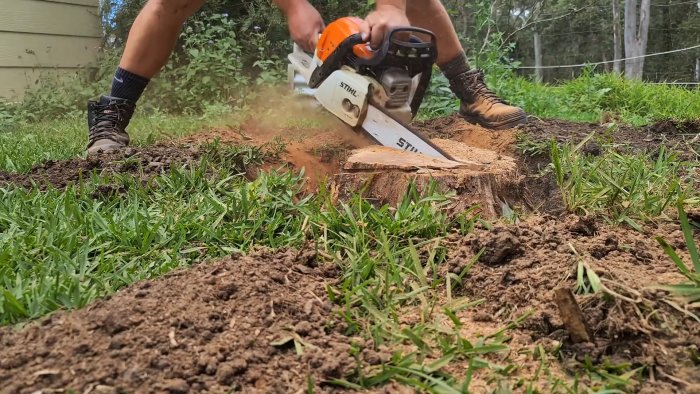
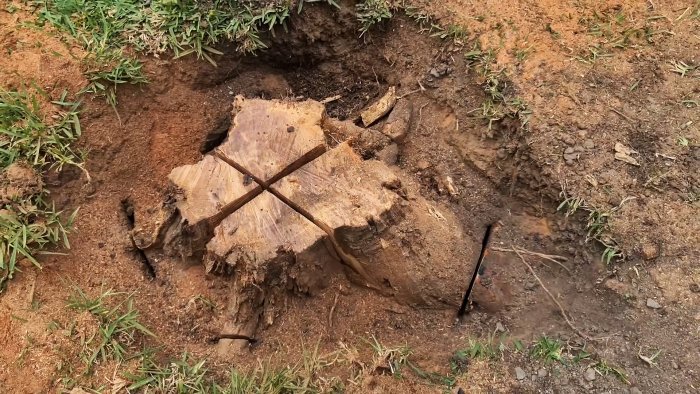
Let’s start making wedges from hardwood, different in angular (sharp and blunt) and linear (small and large) sizes.
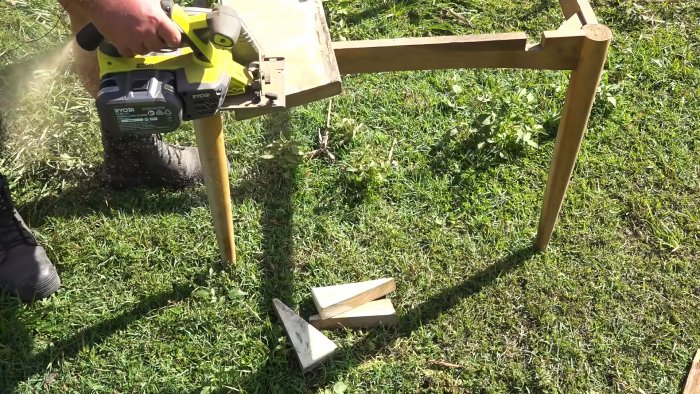
Using a combination of wedges, we drive them between the two-quarters of the stump until one or even two of them break and separate from the main or lateral roots. We will understand this by the characteristic cracking sound characteristic of the fracture of wood fibers.
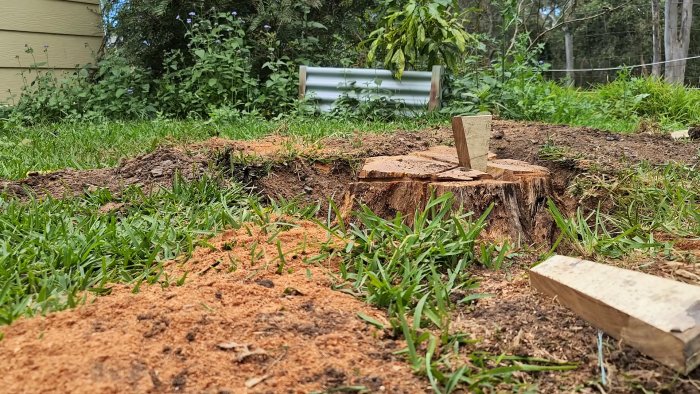
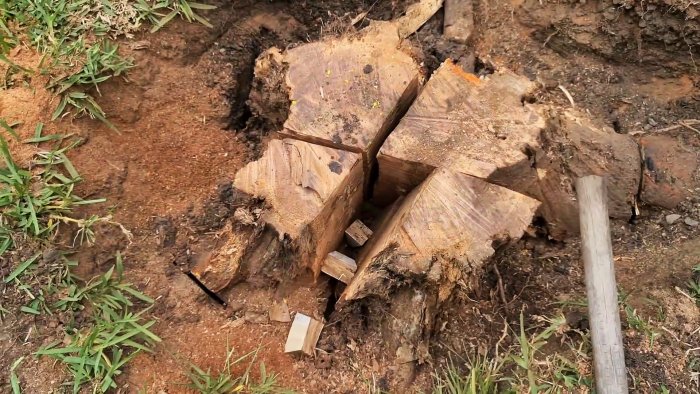
We pull the yielding quarter out of the ground using a hand puller or a simple crowbar. This work may take some time and require some physical effort because part of the stump has not completely detached from the roots.
We do the same with the three remaining quarters. Some problems may arise when removing the last quarter since there is no place to drive the wedges. In this case, we also cut it into two parts and either use wedges, or a puller or crowbar.
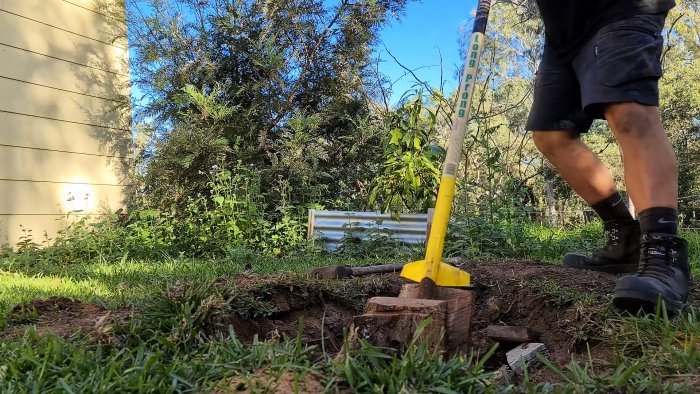
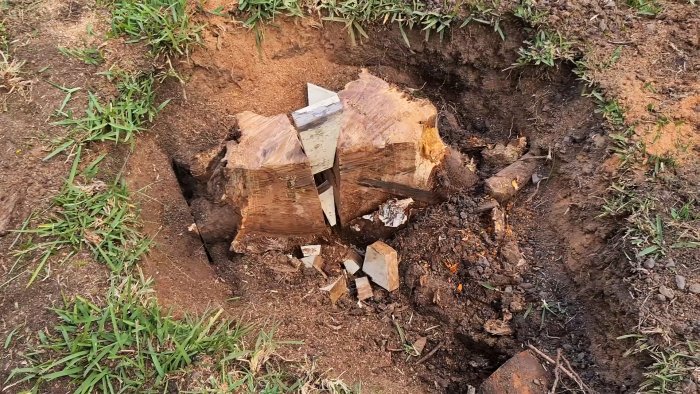
We simply break off the remaining part using a sledgehammer in one direction or the other.
This is how the fight against old stumps is organized. Stumps from freshly cut trees are more difficult to wedge due to their additional flexibility and the elasticity of fresh wood fibers. You will have to use more wedges in combination with selective trimming with a chainsaw.
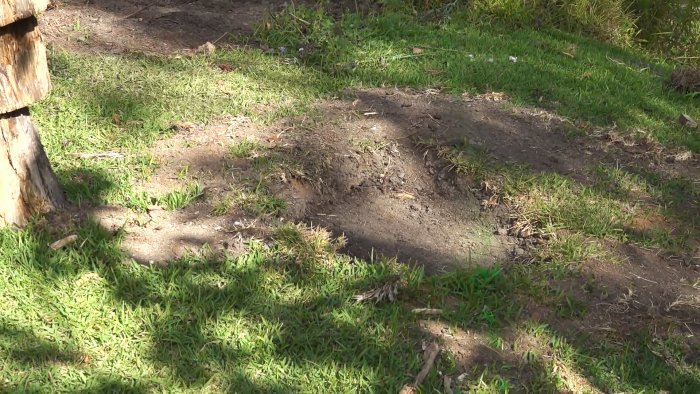
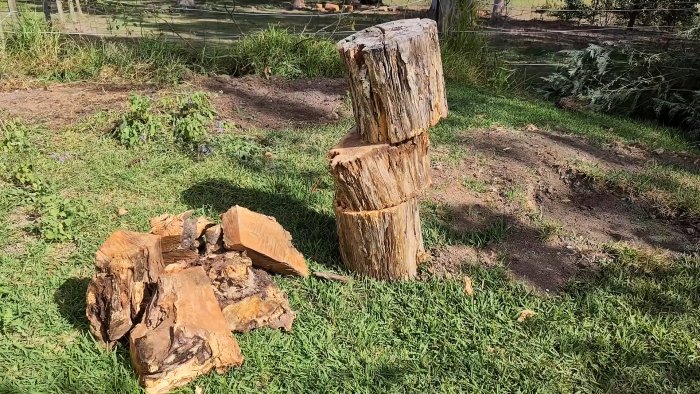
And one last thing. Instead of homemade wooden wedges, you can use steel ones, which are used by professional stump removers. Things can go faster and easier with them. Don’t forget about equipment to protect your hands, feet, and face.

